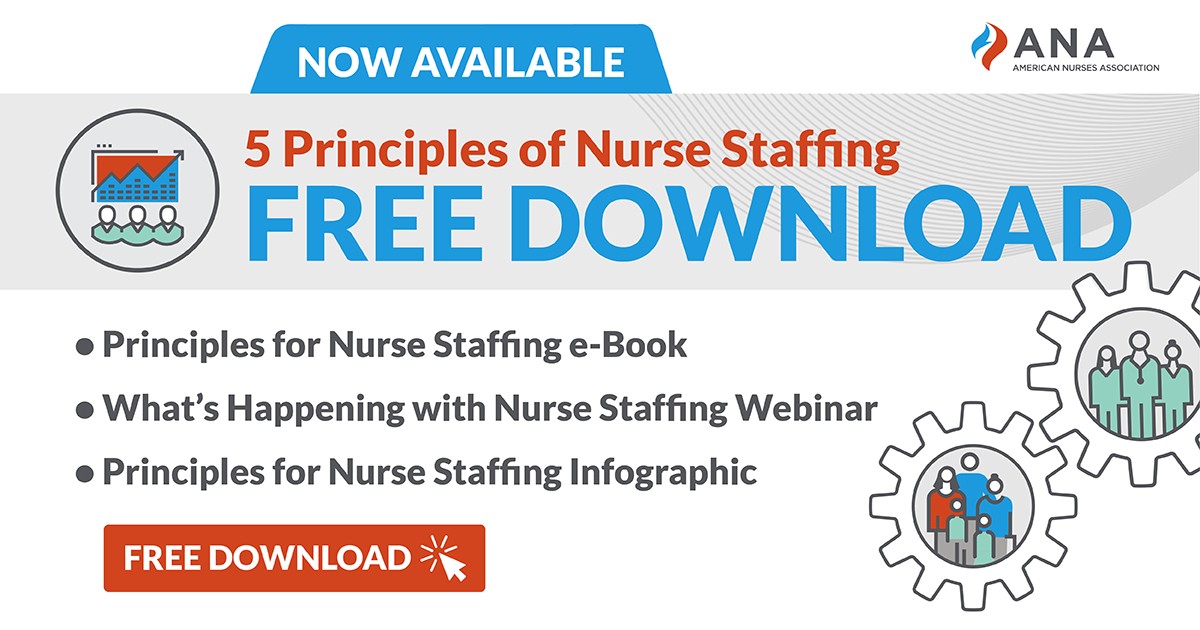What Impact Does Nurse Staffing Have on the Entire Industry?
By: Janelle M. Zimmerman, RN, BA
Inadequate nurse staffing has a huge impact on the healthcare industry.
Staff burnout. Patient mortality. Increased costs. Rapid staff turnover. Increased training and orientation costs. This is the short list.
Nurses working while short-staffed, stressed out, and behind on their to-do list before they even clock in are far more likely to make mistakes and to miss the subtle warning signs of a patient who is decompensating. When this happens, obviously the patient suffers. Less obviously, the nurse is likely to consider leaving that position, perhaps leave that facility, and sometimes leave the profession altogether.
High staff turnover is a direct and measurable cost to a facility. Orientation and training of a new staff member, even if experienced, runs into the thousands of dollars. Onboarding a new grad costs almost as much as their entire first year of wages. When the entire staff of a unit is moving on every year or so, the direct cost is many thousands of dollars. The indirect cost is harder to measure, but equally costly. Morale, efficiency, and teamwork all take a hit when a team that hasn’t been working together for very long is and unhappy, and loyalty is down.
One nurse trying to monitor half a dozen post-op patients and delegating routine vital signs to ancillary staff is an all too common scenario. In this setting, there is a high potential for missing the first signs of abnormal bleeding, a clot, or other complications. As skilled as the ancillary staff may be, they are usually not trained to evaluate or intervene. Inadequate staffing costs patients’ pain, patients’ recovery time, patients’ quality of life. Not only that, because reimbursement is tied to patient outcomes and readmission rates, facilities are losing significant sums of money to entirely preventable negative patient outcomes.
The true cost can’t be counted. There is no way to know how many smiles are lost, how many times an exhausted and frightened nurse misses seeing when a patient needs a hug and a listening ear for a few minutes. There is no way to know how many young people watch a stressed and burned out family member and decide that nursing isn’t for them after all. There is no way to know how many mountains have gone unclimbed, marathons unrun, songs unsung, how many weddings postponed, children unborn, inventions un-invented, poems unwritten, and life not lived.
What’s the answer for all of this? Improved Nurse Staffing. Safe nurse staffing is a long-standing complex issue. With the right systems and processes we can attain appropriate nurse staffing.
As a guide to inform nurse-driven solutions that attain appropriate nurse staffing, the American Nurses Association has developed a free webinar: What’s Happening with Nurse Staffing? It helps to identify factors that impact the link between appropriate nurse staffing and better patient outcomes. Plus, the webinar identifies appropriate evaluation data for determining staffing levels and skill mix. Click here to register!




Sorry, the comment form is closed at this time.